The second half of the school year brings with it major education assessments which can be a stressful time for teachers, parents, and students. PARCC, Smarter Balanced, ACT Aspire, and Common Core States Standards (CCSS).
According to The Journal of Technology, Learning, and Assessment:
“The average difference in the percentage of students scoring proficient or advanced in the CSTs between laptop and non-laptop students was 17 percentage points for English-language arts and 18 percentage points for mathematics, both favoring the laptop program. The greatest difference, 20 percentage points between the two groups, was observed in the sixth grade mathematics scores and eighth grade English-language arts scores.“
Student use of technology for learning and assessment prior to standardized digital testing improves test scores, along with several other benefits including directing their own learning, a greater reliance on active learning strategies, engagement in problem solving and critical thinking, and deeper and more flexible uses of technology than students without regular access to technology (source).
There are many challenges these assessments place on teachers. Here are some no-cost resources for the classroom which will help prepare students for digital assessments.
Comfortability With Technology Testing
Engaging students with a variety of online tools will help prepare students for an assortment of evaluation programs. Differences in user experience between testing platforms often confuse students. Students familiar with navigating and responding to questions in an online environment are able to focus more of their attention on the critical thinking, reading and writing requisite with assessments of all subject areas. Research shows reducing students’ cognitive load is crucial to helping them more accurately demonstrate their actual learning.
The Smithsonian Learning Lab is a free resource teachers love. The ability to add activities and assessments to the plethora of Smithsonian resources and collections provides a no-cost means to prepare students of all ages to navigate digital content, examine resources, and respond to online question banks similar to those found in the new digital statewide platforms.
[fusion_builder_container hundred_percent=”yes” overflow=”visible” margin_top=”10px” margin_bottom=”0px” background_color=”rgba(255,255,255,0)”][fusion_builder_row][fusion_builder_column type=”1_1″ background_position=”left top” background_color=”” border_size=”” border_color=”” border_style=”solid” spacing=”yes” background_image=”” background_repeat=”no-repeat” padding=”” margin_top=”0px” margin_bottom=”0px” class=”” id=”” animation_type=”” animation_speed=”0.3″ animation_direction=”left” hide_on_mobile=”no” center_content=”no” min_height=”none”][fusion_separator style_type=”none” sep_color=”” border_size=”” icon=”” icon_circle=”” icon_circle_color=”” width=”” alignment=”center” class=”” id=””/]

[/fusion_builder_column][/fusion_builder_row][/fusion_builder_container][fusion_builder_container hundred_percent=”yes” overflow=”visible” margin_top=”30px” margin_bottom=”0px” background_color=”rgba(255,255,255,0)”][fusion_builder_row][fusion_builder_column type=”1_1″ background_position=”left top” background_color=”” border_size=”” border_color=”” border_style=”solid” spacing=”yes” background_image=”” background_repeat=”no-repeat” padding=”” margin_top=”0px” margin_bottom=”0px” class=”” id=”” animation_type=”” animation_speed=”0.3″ animation_direction=”left” hide_on_mobile=”no” center_content=”no” min_height=”none”][fusion_separator style_type=”none” sep_color=”” border_size=”” icon=”” icon_circle=”” icon_circle_color=”” width=”” alignment=”center” class=”” id=””/]
[/fusion_builder_column][/fusion_builder_row][/fusion_builder_container][fusion_builder_container hundred_percent=”yes” overflow=”visible”][fusion_builder_row][fusion_builder_column type=”1_1″ background_position=”left top” background_color=”” border_size=”” border_color=”” border_style=”solid” spacing=”yes” background_image=”” background_repeat=”no-repeat” padding=”” margin_top=”0px” margin_bottom=”0px” class=”” id=”” animation_type=”” animation_speed=”0.3″ animation_direction=”left” hide_on_mobile=”no” center_content=”no” min_height=”none”][irp posts=”6848″ name=”6 Reasons Teachers Love The Smithsonian Learning Lab”]
[fusion_separator style_type=”none” top_margin=”30″ bottom_margin=”0″ sep_color=”” border_size=”” icon=”” icon_circle=”” icon_circle_color=”” width=”” alignment=”center” class=”” id=””/]
The newly released Sorting Activity Tool familiarizes students with timeline ordering and experience with another digital tool.
[fusion_separator style_type=”none” top_margin=”10″ bottom_margin=”0″ sep_color=”” border_size=”” icon=”” icon_circle=”” icon_circle_color=”” width=”” alignment=”center” class=”” id=””/]

[fusion_separator style_type=”none” top_margin=”10″ bottom_margin=”0″ sep_color=”” border_size=”” icon=”” icon_circle=”” icon_circle_color=”” width=”” alignment=”center” class=”” id=””/]
Encourage Critical Thinking
Through the use of web-based tools, teachers create and publish their most innovative lessons and projects for use by colleagues on CTE Online. With over 4,000 unique lessons and tens of thousands of quality embedded OER instructional materials, this free educator platform has become a definitive source for teachers seeking ready-to-use curriculum.
[fusion_separator style_type=”none” top_margin=”30″ bottom_margin=”0″ sep_color=”” border_size=”” icon=”” icon_circle=”” icon_circle_color=”” width=”” alignment=”center” class=”” id=””/]
[irp posts=”6790″ name=”California’s Blended PD/Curriculum Project Works To Explain Growing Popularity In Other States”]
[fusion_separator style_type=”none” top_margin=”30″ bottom_margin=”0″ sep_color=”” border_size=”” icon=”” icon_circle=”” icon_circle_color=”” width=”” alignment=”center” class=”” id=””/]
Customize curriculum, projects, lesson plans, and resources for use in your classroom to encourage creative problem solving and get students thinking!
Creating a Martian Society STEM Integrated Project
[fusion_separator style_type=”none” top_margin=”10″ bottom_margin=”0″ sep_color=”” border_size=”” icon=”” icon_circle=”” icon_circle_color=”” width=”” alignment=”center” class=”” id=””/]

[fusion_separator style_type=”none” top_margin=”10″ bottom_margin=”0″ sep_color=”” border_size=”” icon=”” icon_circle=”” icon_circle_color=”” width=”” alignment=”center” class=”” id=””/]
What Works For Other Educators?
Use social media to connect with other teachers to see what works for them!
A hashtag we like to review regularly on Twitter is #EdTechChat – Educational technology experts and educators regularly share insights and reviews using this hashtag.
[fusion_separator style_type=”none” top_margin=”10″ bottom_margin=”0″ sep_color=”” border_size=”” icon=”” icon_circle=”” icon_circle_color=”” width=”” alignment=”center” class=”” id=””/]

[fusion_separator style_type=”none” top_margin=”30″ bottom_margin=”0″ sep_color=”” border_size=”” icon=”” icon_circle=”” icon_circle_color=”” width=”” alignment=”center” class=”” id=””/]
[irp posts=”7584″ name=”Teachers Rocked The Booth At CUE Conference”]
[fusion_separator style_type=”none” top_margin=”30″ bottom_margin=”0″ sep_color=”” border_size=”” icon=”” icon_circle=”” icon_circle_color=”” width=”” alignment=”center” class=”” id=””/]
A source for general standardized test preparation can be found on Education.com.
Have questions about these resources? Reach out to us on Twitter or Facebook, we’d be happy to help![/fusion_builder_column][/fusion_builder_row][/fusion_builder_container]
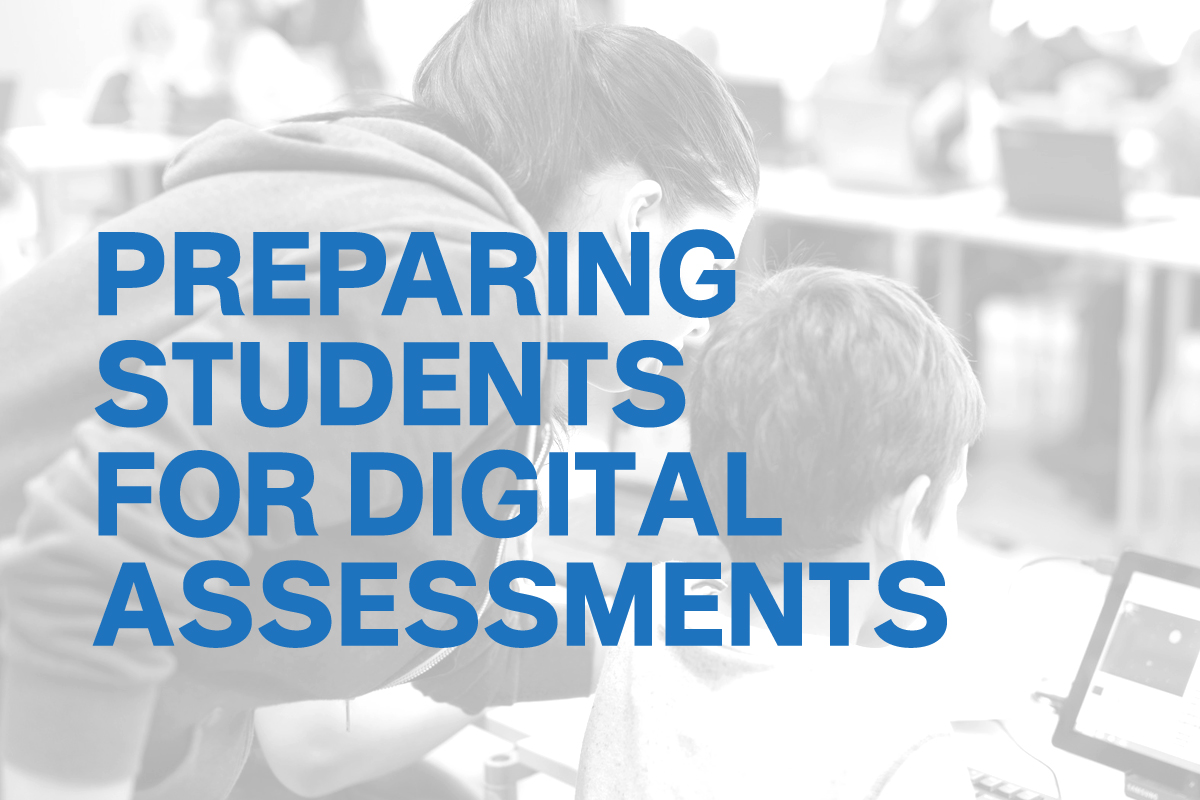
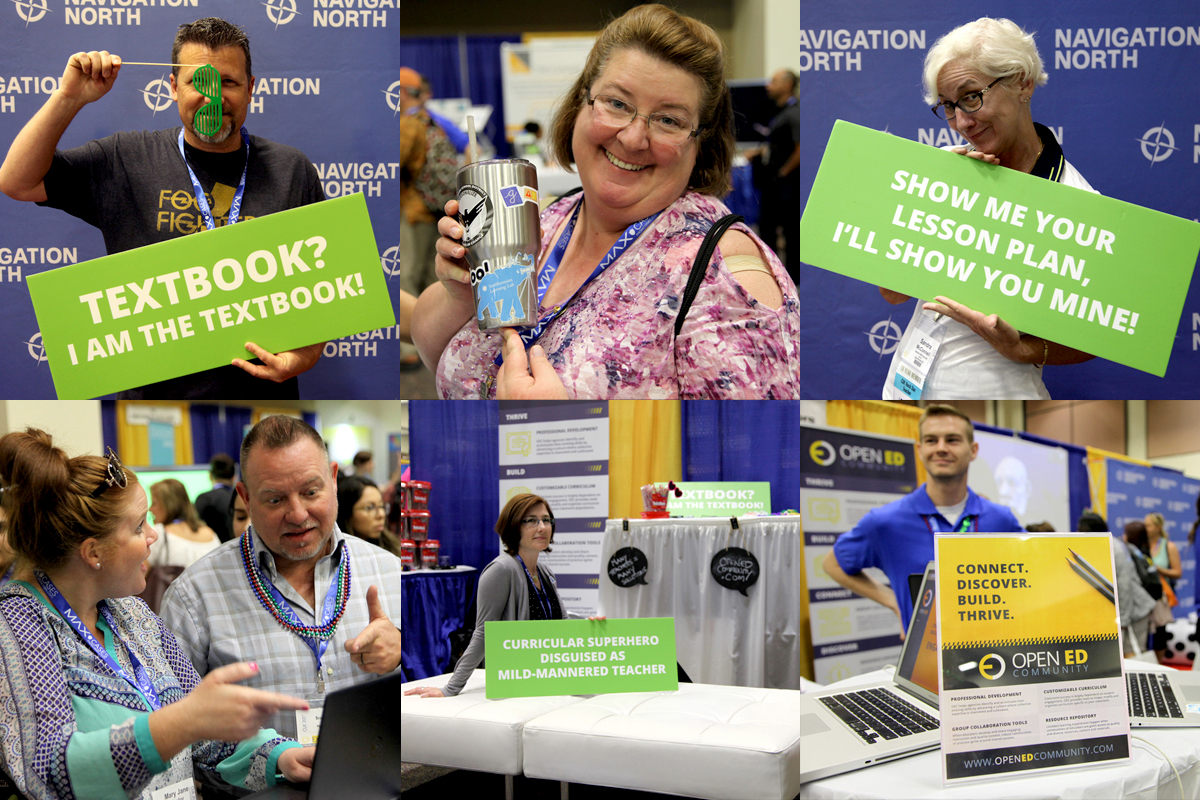



 [/fusion_builder_column][/fusion_builder_row][/fusion_builder_container]
[/fusion_builder_column][/fusion_builder_row][/fusion_builder_container]

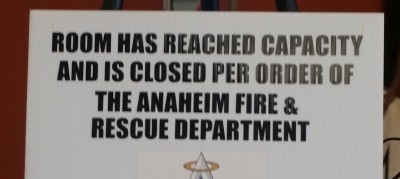








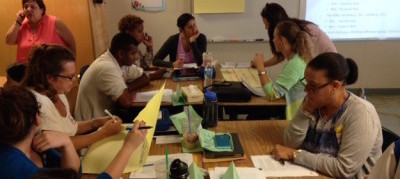

 & Jodi Halligan
& Jodi Halligan 
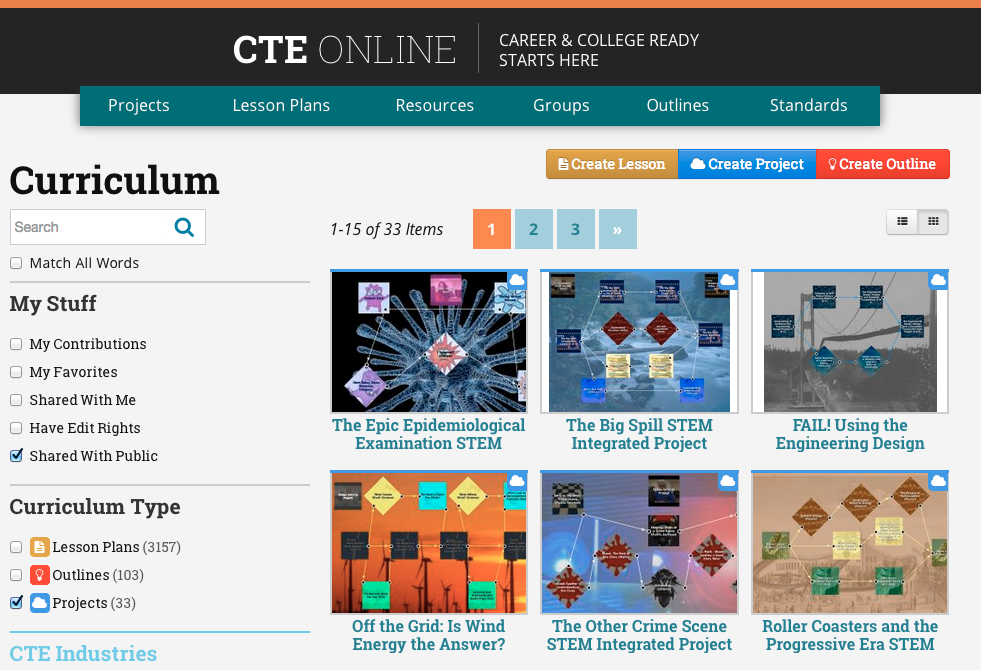
 of teacher-teams from across the state of California in Sacramento. All the pieces are familiar, tables with laptops, notes, materials, hovering instructional leads (all current or former classroom teachers by design), and the CTE Online site up on the screen. While I don’t see it, I am certain there is coffee and danishes and fruit in the back of the room, and with any luck, a variety of flavored creamers. (which always seemed like one of the most difficult and absurd things to secure given all of the other technical moving pieces to this puzzle)
of teacher-teams from across the state of California in Sacramento. All the pieces are familiar, tables with laptops, notes, materials, hovering instructional leads (all current or former classroom teachers by design), and the CTE Online site up on the screen. While I don’t see it, I am certain there is coffee and danishes and fruit in the back of the room, and with any luck, a variety of flavored creamers. (which always seemed like one of the most difficult and absurd things to secure given all of the other technical moving pieces to this puzzle) In 2005 we dared to consider using an online lesson authoring tool integrated with high-end digital resources and then state academic and CTE standards to allow these great teachers to create and share the detail of their best lessons and projects. The first pilot we performed was in Chico CA and involved about 25 educators working independent of one another, all autonomous in their disciplines ranging from Auto Teachers and Early Childhood Educators to Culinary Teachers and Engineering/Architecture Instructors. They each created what they considered to be their 4 best lessons in the online environment and were guided by the tool and a small team of me and two technical support staff. Once we published those 100 or so lessons to CTE Online, the site’s access immediately grew from an average of 10-20 visits a day to 200 in the first 3 weeks. Over the years we expanded the program to include institutes all over the state, and involved up to 145 teachers in a given year. We also started soliciting teams of teachers from academies and programs where academic core staff and CTE/STEM staff worked together to create project-based units of multiple lessons. We paid the teachers for their curriculum, we treated them like professionals, we selected some of them to serve as specialists and instructional leads to support future teams and groups in our program. We did dinners together, and convened in hotel rooms to work through ideas late into the night. We made lots of friends amongst these teachers many of whom I call on and connect with regularly to this day. (below, growth of users per month on CTE Online from 2010-2014)
In 2005 we dared to consider using an online lesson authoring tool integrated with high-end digital resources and then state academic and CTE standards to allow these great teachers to create and share the detail of their best lessons and projects. The first pilot we performed was in Chico CA and involved about 25 educators working independent of one another, all autonomous in their disciplines ranging from Auto Teachers and Early Childhood Educators to Culinary Teachers and Engineering/Architecture Instructors. They each created what they considered to be their 4 best lessons in the online environment and were guided by the tool and a small team of me and two technical support staff. Once we published those 100 or so lessons to CTE Online, the site’s access immediately grew from an average of 10-20 visits a day to 200 in the first 3 weeks. Over the years we expanded the program to include institutes all over the state, and involved up to 145 teachers in a given year. We also started soliciting teams of teachers from academies and programs where academic core staff and CTE/STEM staff worked together to create project-based units of multiple lessons. We paid the teachers for their curriculum, we treated them like professionals, we selected some of them to serve as specialists and instructional leads to support future teams and groups in our program. We did dinners together, and convened in hotel rooms to work through ideas late into the night. We made lots of friends amongst these teachers many of whom I call on and connect with regularly to this day. (below, growth of users per month on CTE Online from 2010-2014)
 However, along the line we did find those few leaders at the state department, and amongst local agencies that saw our approach and our data for what it was worth. They waded into the bureaucratic tangle we caused and pushed beyond the rhetoric to lend us support and shield us when the barrage became the heaviest. They have the scars to show for it. I thank them for that, and the teachers who were brave enough to bare their curricular thinking and planning and trusting us to not critique or judge but instead to ask questions, guide, coach and always collaborate in bringing out their excellence and allowing us to help tell the story of their effectiveness and commitment to students. (See
However, along the line we did find those few leaders at the state department, and amongst local agencies that saw our approach and our data for what it was worth. They waded into the bureaucratic tangle we caused and pushed beyond the rhetoric to lend us support and shield us when the barrage became the heaviest. They have the scars to show for it. I thank them for that, and the teachers who were brave enough to bare their curricular thinking and planning and trusting us to not critique or judge but instead to ask questions, guide, coach and always collaborate in bringing out their excellence and allowing us to help tell the story of their effectiveness and commitment to students. (See